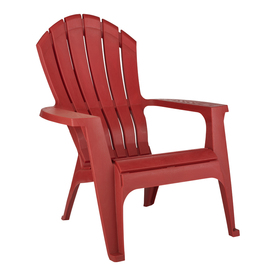10 Ways To Spruce Up Your Home For Under $100
Written by Jaymi Naciri
1. Update your bathroom. You can change your faucets and fixtures out for under $100, but if you're not super DIY, you may have to deal with plumbers and electricians, which can bust your $100 budget. Instead, take those dusty old tulip glass light shades and swap them for something more modern. You can find shades in a variety of styles, like this four-pack for $45. And, you can apply the same update to a ceiling fan. And, if your fan has ugly blades, you can easily switch those out to shiny new ones inexpensively.
2. Get your carpets cleaned. Yeah, it seems like a no-brainer, but it's an easy fix that can make a big difference in how you feel about your home. Stains just not coming out? A throw rug can help ground the room or create a focal point. Check your favorite home décor store, or try Costco, which sometimes has 8x10 rugs for $99.
3. Paint something. Paint everything! We talk about the power of paint all the time, and how a simple can of color can help transform a space. For $30, you can turn a drab room into a dramatic room, take a too-bold space down a notch or turn a boring bedroom into as romantic lair. All it takes is a trip to the local paint or big box store, a steady hand, and a few rolls of tape.
4. Buy some new drapes. Think it's too expensive? These drapes from Target start under $20.
And they come in two other colors and a couple of different sizes.

6. Plant some flowers. Even if you don't have a green thumb, you can pretty up your yard without too much effort or money. Check out this easy spring planting guide from P. Allen Smith.
7. Inject some color. Hate your couch or need to freshen it up? We've been there. But when $2,000 isn't in the budget, a throw and a few pillows can make a world of difference. HomeGoods and TJ Maxx are great options for affordable décor. Or hit up online marketplace Overstock, where these statement zebra print pillows start at $20.


10. Celebrate the season. Any season. In Spring, give your home an instant lift with a centerpiece of tulips. Or paint a piece of furniture bright yellow. You can't be unhappy when you're walking past a yellow table.
With a little effort and a little money, you can make updates to your home that will make it feel fresh again.
